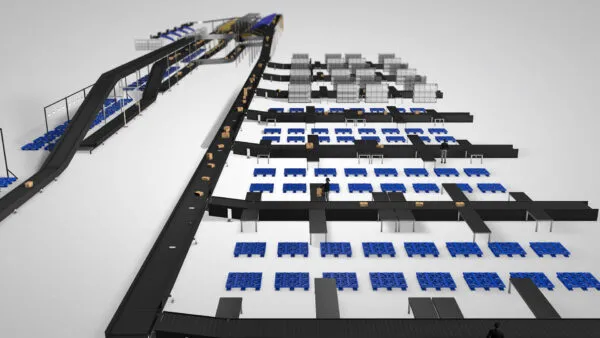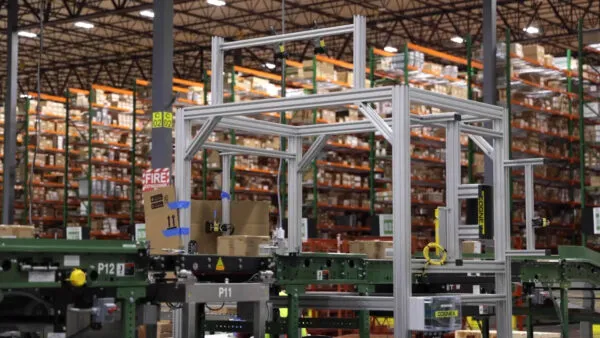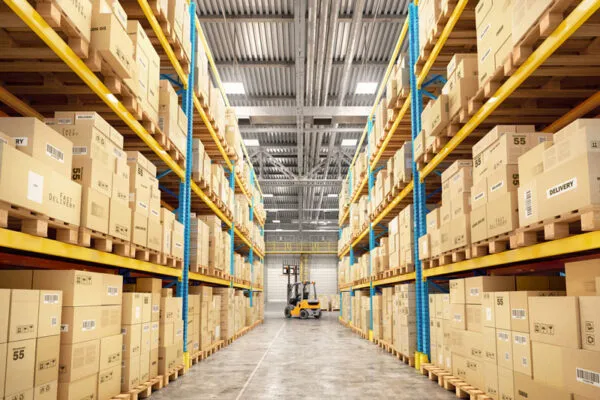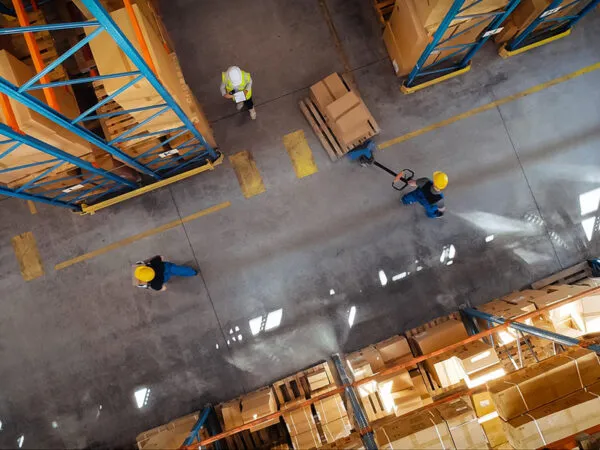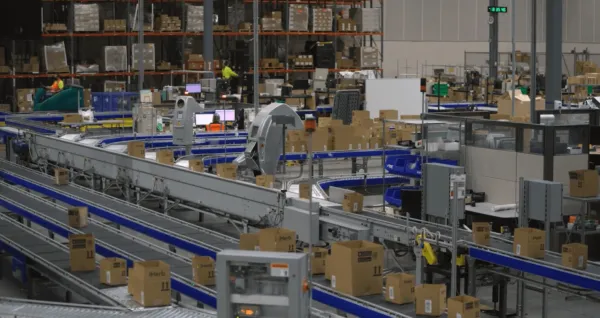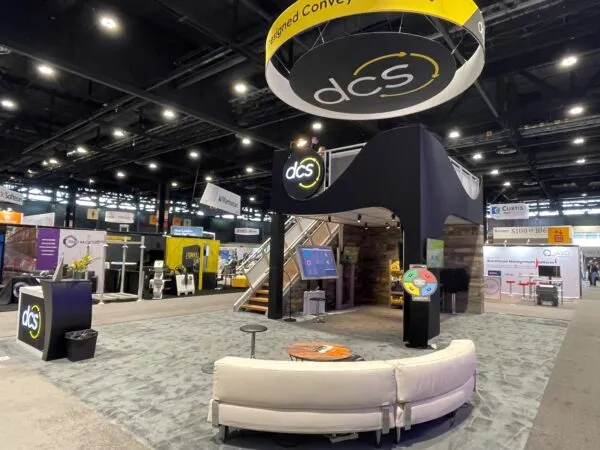There are a lot of intricacies to warehouse operations, but one decision that every warehouse owner must make is which product flow and accounting system to use-first-in, first-out (FIFO) or last-in, first-out (LIFO).
What are these systems? What are the advantages and disadvantages? How can they affect warehouse operations? This post will help you evaluate your options.
FIFO vs. LIFO Product Flow
As Logiwa, a warehouse management software company, explained, The logic behind first in first out is simple: The items you received first are the items you’ve held longest and therefore closest to obsolescence or expiry. In order to avoid worthless inventory, business owners move these products before they can’t be sold. LIFO is the opposite. You move the items you’ve held the shortest about of time.
FIFO vs. LIFO Accounting
Not only are FIFO and LIFO product flow systems, but they are also accounting systems that help you calculate how much profit you’ve made and how much your inventory is worth.
Let’s say you buy 10 laptop computers for $1,000 in August. Then you buy another 10 for $1,100 in September (because your supplier raised the price).
Now, you have $21,000 in inventory ($10,000 from the first month and $11,000 from the second). You end up selling half of your 20 computers by the end of September, so the question is: how much do you currently have in inventory: $10,000 of computers or $11,000?
Well, that depends on whether you sold August’s first or September’s computers. Did you sell the oldest items first or the newest? FIFO would leave you with $11,000 of inventory. LIFO would leave you with $10,000.
You can also use theaverage weighted cost where you calculate using the average cost for the items. In the example above, you would have $10,500 left in inventory (using an average of $1,050 per computer).
You have to tell the IRS which system your company uses.
Advantages and Disadvantages
When prices are rising (as usually happens due to inflation) FIFO accounting will make it look like your company makes more money, while LIFO accounting will make it look like your company makes less.
Why is that?
Well, think about the example above. You buy the computers for $1,000 or $1,100, but you’re going to sell them for $1,500 no matter what you bought them for.
Now, under FIFO, you sell the computers you bought for $1,000 first. And since you’re selling them for $1,500 apiece, you make $500 net income per computer for a total of $5,000.
Under LIFO, however, you sell the $1,100 computers first, and that only gives you a net income of $400 per computer for a total of $4,000. You sell the same number of computers either way, but depending on the way you keep track of it, you made either a $5,000 or $4,000 net income.
This becomes important for tax purposes. The more net income you make, the more taxes you must pay, so LIFO accounting should save you money on taxes (assuming the cost of your inventory is rising). You’d think the IRS would have a problem with this, but surprisingly, they don’t. It’s allowed under their rules, although all other countries besides the U.S. don’t allow it.
On the other hand, if your company is publicly owned, your stock price tends to rise and fall with your net income, so FIFO accounting will make your income look higher which will make your stock prices go up.
The one catch is that whichever method you use for financial reporting purposes, you also have to use for tax purposes. So, you can’t tell your shareholders you made a lot of money (FIFO) while you tell the IRS you made a little (LIFO). You must use the same method for both.
New to the material handling industry? Check out these five tips.
One Strange Thing
The strange thing about FIFO vs. LIFO is that your product flow doesn’t have to match the inventory method. For instance, you can sell your older items first (using FIFO for product flow), yet (for accounting purposes) report as if you sold the newer items first (LIFO). This is completely legal.
So which system should you use for product flow? Well, if your warehouse holds products that spoil, you want to use FIFO, so you sell your old items before they go bad.
If you sell items that don’t go bad, either system will usually work, although FIFO is usually better for warehouse operations.
One advantage to LIFO, however, is that depending on how you store your material, it may be easier to access the newer inventory. For instance, if you store lumber, and you stack your planks in piles, the older material will be on the bottom where it’s harder to access. In this case, LIFO will be the more natural option.
FIFO vs. LIFOEthics
Some have raised questions about the ethics of LIFO accounting, and former President Obama talked about repealing it which would result in higher taxes on companies. According to Investopedia, Opponents of LIFO say that it distorts inventory figures on the balance sheet in times of inflation. They also claim LIFO gives its users an unfair u2018tax holiday’ as it can lower net income, and subsequently, the taxes a firm faces.
Others disagree. An accounting professor (quoted in the New York Times article above) argued that banning LIFO from the government would be [taxing] illusory income, phantom profits that result from inflation.
Accounting and Product Flow is just a part of warehouse operations and warehouse design. If you’re looking for ways to make your warehouse more profitable, consider using our conveyor systems.
